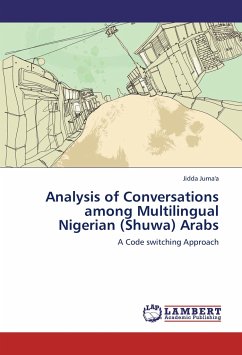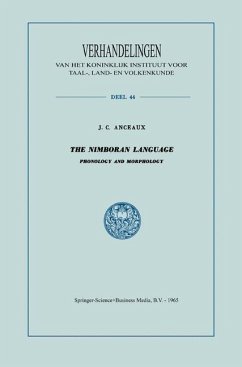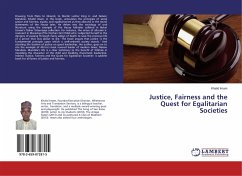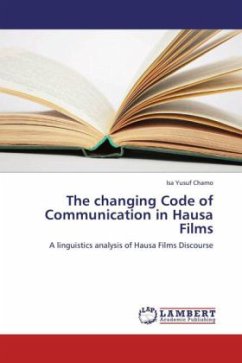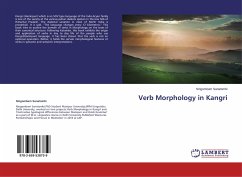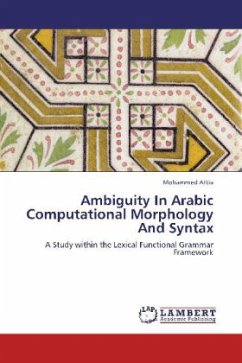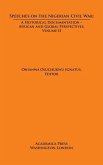This book discuses codeswitching within the frame work of the Matrix -language frame mode (MLF) used in Meyers Scotton (1992, 1993, 2001). The book is within this framework studied code switching conversations between Nigerian (Shuwa) Arabic, English, Standard Arabic, Hausa and Kanuri used in Maiduguri. The work is based on corpus collected in Maiduguri with the aim of giving us an insight into codeswiching text behavior in a multi lingual setting as opposed to a bilingual type. It is often the case in (MLF Model), a bilingual codeswitching text shows one of the languages in the discourse as the Matrix Language which controls the constituent structure and the second one is the embedded language which provides lexical morphemes to the structure. In this book, two languages, Nigerian (Shuwa) Arabic and Hausa, are the matrix languages, while Standard Arabic, English and Kanuri are the embedded languages. In very few negligible cases however, English and Standard Arabic played the role of matrix languages.

